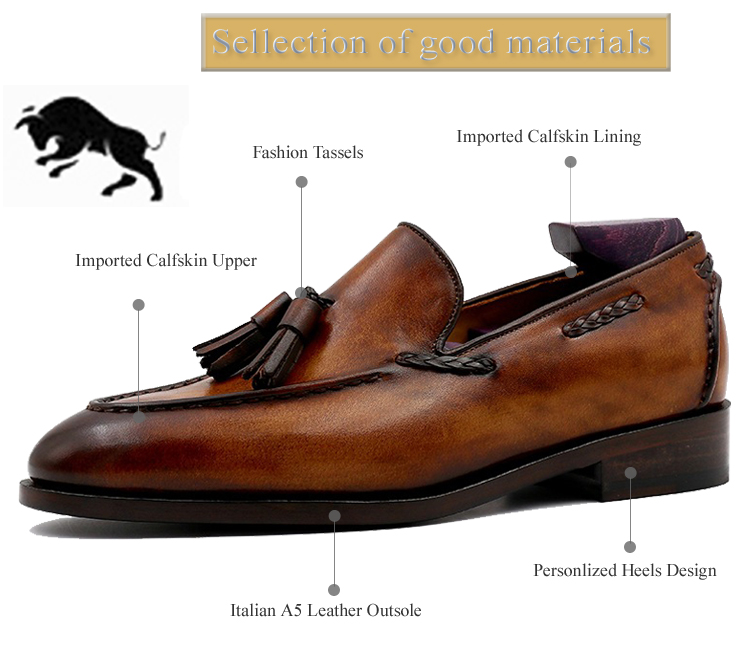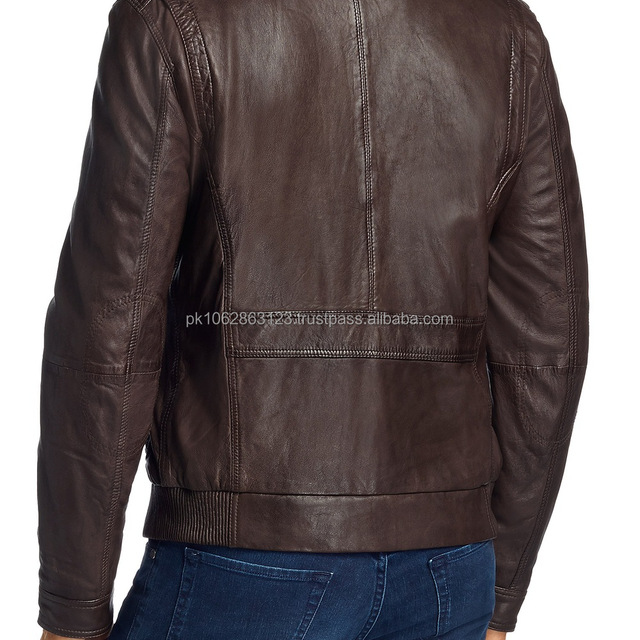Title: How to Identify Real Leather from Fake Leather
How to Identify Real Leather from Fake LeatherBuying leather products can be a confusing experience, especially when it comes to identifying real leather from fake leather. With so many different types of leather and so many ways to imitate it, it can be difficult to know what you’re getting. However, there are some key signs that can help you to identify real leather from fake leather.Firstly, real leather has a natural texture and feel that is difficult to imitate. It often has a soft, supple feel that is lacking in fake leather. Additionally, real leather is often more durable and resistant to wear and tear than fake leather.Secondly, the stitching on real leather products is often more precise and even than on fake leather. This is because real leather is more difficult to work with and requires more skilled craftsmanship.Thirdly, the material of real leather is often more expensive than fake leather. This is because real leather is a natural material that requires more time and effort to produce.By looking for these signs, you can often identify real leather from fake leather. However, it’s always important to be cautious and do your research before buying any type of leather product.
Leather products are often expensive and difficult to distinguish from fake alternatives. With so many fake leather products on the market, it can be challenging to determine whether a leather item is real or not. However, there are some key ways to identify real leather from fake leather, which are outlined below.
1、Material Identification:
The most significant aspect of distinguishing real leather from fake leather is the material identification. Real leather is made from animal skin, typically cows, sheep, or pigs. It has a unique texture and elasticity that cannot be replicated in synthetic materials. When you touch real leather, it should feel soft and supple, while fake leather may feel stiff or rubbery.

2、Pattern and Texture:
Real leather has a natural pattern and texture that is unique to each animal species. For example, cowhide has a distinct grain pattern, while sheepskin has a more uniform texture. Fake leather, on the other hand, may have a uniform pattern or an artificial grain pattern that does not look as natural as real leather.
3、Color and Finish:
Real leather has a natural color and finish that cannot be replicated in fake materials. The color of real leather may vary depending on the type of animal skin and the way it has been tanned or dyed. Fake leather, however, often has a uniform color that looks too bright or too dark compared to real leather. Additionally, the finish of real leather is often more matte than fake leather, which tends to have a more shiny or glossy finish.

4、Weight and Density:
Real leather is typically heavier and more dense than fake leather. This is because animal skin has natural fibers and proteins that give it structure and strength. Fake leather, on the other hand, may be lighter in weight and less dense due to the use of synthetic materials or fillers.
5、Temperature Sensitivity:
Real leather has a unique temperature sensitivity that cannot be replicated in fake materials. When you hold real leather in your hand, it will warm up to your body temperature and feel comfortable against your skin. Fake leather, on the other hand, may feel cooler or warmer than expected due to its lack of natural fibers and proteins.

6、Durability and Longevity:
Real leather is much more durable and long-lasting than fake leather. It can withstand the test of time and continue to look good for many years with proper care and maintenance. Fake leather, on the other hand, may deteriorate or become damaged more quickly due to its inferior materials or construction methods.
In conclusion, there are many ways to identify real leather from fake leather. By examining the material identification, pattern and texture, color and finish, weight and density, temperature sensitivity, and durability and longevity of a leather item, you can make an informed decision about whether it is worth investing in or not. Always remember to trust your instincts when it comes to identifying real versus fake materials; if something doesn't feel right or looks too good to be true, it probably isn't worth taking a chance on!
Articles related to the knowledge points of this article:
Feathered Jackets: A Fashion Must-Have for Winter
The rise of wash-free jackets: a convenient and sustainable fashion trend
Feathered jackets: a comprehensive guide
Title: Unraveling the Enigma of the Windsor Knot: A Comprehensive Guide to Tying a Tie
Title: The Debate on Wearing a Bow Tie or a Tuxedo for Weddings – A Personal Perspective



